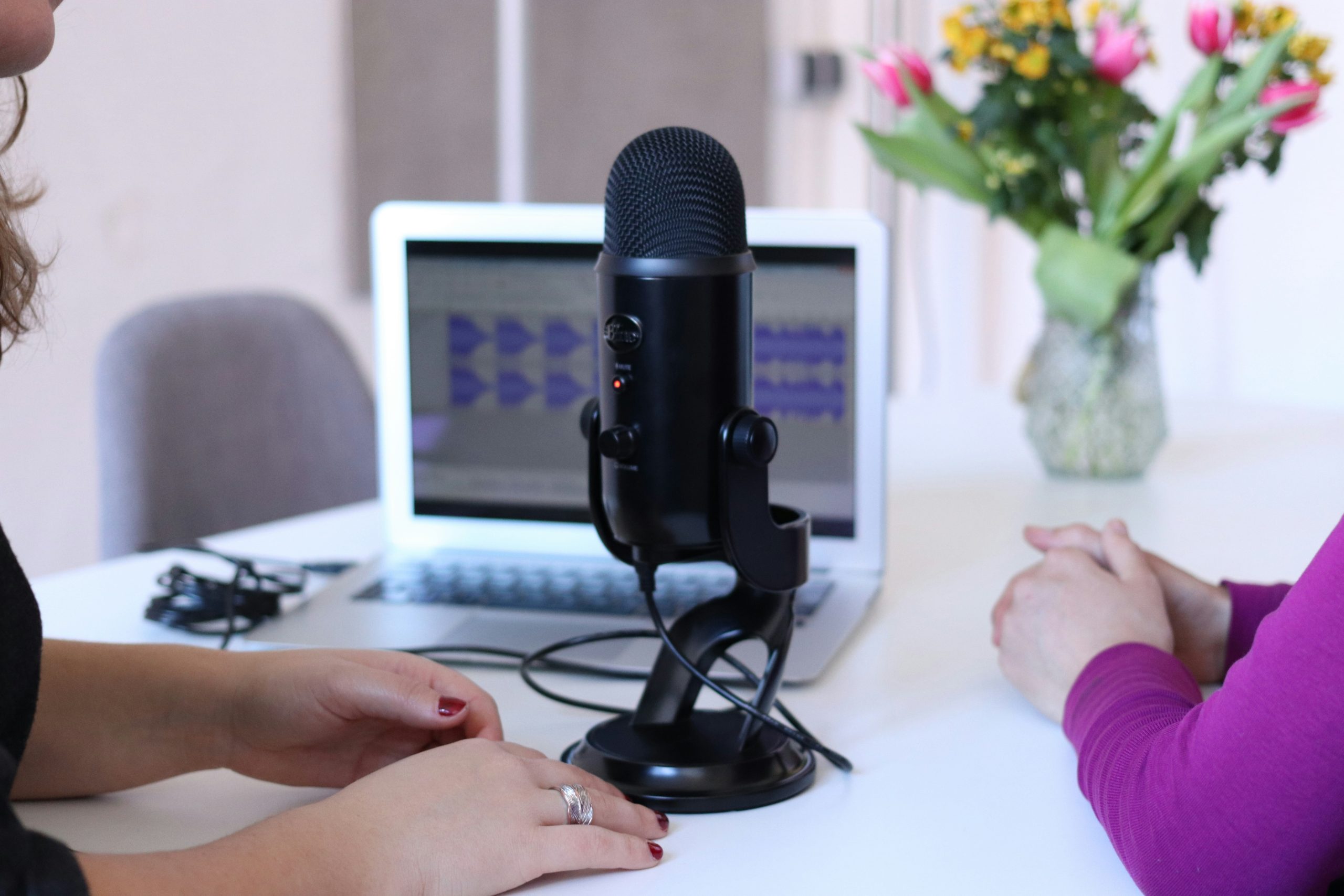Published on: June 1, 2023
AI Nude Generator: Is This Technology As Controversial As It Sounds?
Author: Lucie Baxter

Not that long ago, it was only characters in television shows and films who could click their fingers to conjure up anything they desired. That sort of magic only came from the minds of writers. Today, however, we have more in common than ever with our fictional friends.
The capabilities of artificial intelligence (AI) are undeniably exciting. Just take a look at AI image generators like MidJourney and OpenAI’s Dall-E. They have been revolutionizing the art and design industries by generating realistic portraits from just a few typed words.
But what happens when these machines turn away from landscapes to create something that’s NSFW? That’s what AI nude generators are doing, and not everyone is happy about it. Let’s ask the question: does this technology cross a line we can’t come back from?
How do AI nude generators work?
Nude generators are derived from generative AI, which is a type of technology that can create a wide variety of content, including images, videos, audio, GIFS, and text. This is generally done with machine learning algorithms and a technique called neural networks.
Through amazing capabilities, they will analyze a large dataset and generate a brand new one. This depends on what the user has inputted as a text prompt and how specific they were with it. From start to finish, the process will only take mere seconds.

While AI art generators work mostly the same way when they are creating NSFW (not safe for work) images, the process will depend on the individual platform. To give you more insight into this and why they are causing controversy in the tech world, we will provide some examples below.
- PornPen allows users to customize the appearance of the models generated. TechCrunch describes it as “This Person Does Not Exist, only it’s NSFW”.
- DeepSwap works through the application of deepfake. It digitally manipulates someone’s likeness onto someone else through a body or face swap. Imagine a more technologically advanced version of Adobe Photoshop.
- DeepNude will require the user to take or upload a picture of someone with clothes on. It will then generate a nude image from it. The process is a virtual undressing.
- SoulGen is a bit different and offers users a text box to insert what they’re looking for without needing to upload content themselves.
The ethical considerations of AI nude generators
To see is to believe. Life was certainly simpler when this expression rang true. Now, it couldn’t be further from our reality. Individuals are having to explain that the NSFW content of them circulating the internet isn’t real. They’re forced to add watermarks to their selfies and make their accounts private to avoid harmful photo editing.

Exciting new advancements can often overshadow the negative impacts they bring about. For nude generators, in particular, there is an abundance of ethical concerns and considerations that need to be addressed. Below is a list of the most serious examples.
- Financial scamming. It is becoming apparent that people are selling realistic images of their bodies, or bodies of virtually generated models, to buyers. This distrust could put workers in the adult entertainment industry out of business.
- Most uses of these AI tools will be non-consensual. New opportunities open up for vengeful ex-partners and friends to create revenge porn. Also, it couldn’t be easier to take advantage of celebrities or professionals, which may lead to defamation of character. There is also the potential for fake nudes to be used as a domestic abuse tactic.
- Fraud. Some scammers may not want to use their faces when sending nude images to buyers in case they get sent to someone they know. As a solution, they might steal someone else’s identity.
- Bullying has gotten easier. Particularly on social media, people aren’t afraid to take it to the extremes. Using adult content to harass or blackmail an individual may lead to significant psychological harm.
- Prevalent sexism. Certain applications have been accused of only sexualizing female photos and avatars, often by increasing their breast size. Some apps are used by children, so there is a dangerous risk of accidental sexualization of their images if the algorithm views them as female.
The legalities of AI nude generators
Some platforms utilize community guidelines and NSFW filters to prevent explicit pics from being generated. If you were to request a nude image from Stable Diffusion, you’d be faced with a black picture. Adult content would get you banned altogether from ChatGPT. While the intention is there, not every application is the same impenetrable fortress.
The app Lensa is a decent example. The AI model can turn users into magical anime-inspired avatars, which was the cause of its mass popularity. However, some users who wanted to create some family-friendly magic got more than they bargained for. Despite its request for “modest” uploads, it generated nude and inappropriate images.

The rules of the applications themselves are not consistent enough to solve the ethical problems we mentioned earlier. It’s up to governments and policymakers to create a cohesive guideline. Are we getting closer to one? Let’s take a look at what the current legal landscape of nude generators looks like and what the future might have in store.
The problem of applying existing laws to AI
It is not viable to apply existing policies to the use of AI. There are gaps in the legislation that could cause problems. For example, in Ohio, it is illegal to disseminate “an image of another person” if they are in “a state of nudity” or are “engaged in a sexual act”.
Could it be argued that, since the nude image isn’t the real body of a person, it does not technically break that law? We aren’t lawyers, so we can’t say for sure, but it’s certainly a scary possibility. Without specifics in place, there could be dire consequences.
What to expect from AI legislation
In April 2023, the Council of the European Union (EU) reached an agreement about the proposed Artificial Intelligence Act. Below are some of the regulations that have made it into the most recent drafts and where nude generators might be covered in the act.
- Testing and analysis need to be conducted to “mitigate reasonably foreseeable risks to health, safety, fundamental rights”.
- There would be “specific requirements for high-risk AI systems” put in place.
- “Vulnerabilities due to their social or economic situations” have been added to the list of vulnerabilities that AI systems are “forbidden from exploiting”.
This would become the most significant attempt to put regulations in place and could combat some of the ethical issues we proposed above. If it does move forward, this act could be adopted in 2024 and has the potential to become the global standard soon after.

It sounds as though other countries are taking notice and taking steps of their own. For example, a US senator has proposed a new federal agency that would regulate the use of AI. This would call for “public risk assessments of the harm” these tools could cause.
The unprecedented world of technology
Technology is advancing at rates we struggle to comprehend. The more it grows, the greater the possibilities become. However, whether this is a good or bad thing has divided individuals across the world, especially since AI has gotten involved.
It is not our job to say what should be allowed and what should be banned. However, the ethical considerations alone prove that if AI is left uncensored and uncontrolled, this could pose many risks in the near future.
There isn’t a robot overlord watching over us and waiting for a moment to strike. However, there is a growing need to protect our data, privacy, and everyone who could potentially be harmed by AI nude generation. Our best strategy is to get the right regulations in place.
There is a wide world out there of AI-powered technology. Learn more about the ones causing a stir, whether for concerning or promising reasons, here at Top Apps.
Lucie Baxter
Lucie is a keen content writer who loves diving into everything tech and AI-related. Since graduating from university, she has been working for a range of diverse companies to continue broadening her writing opportunities.
Recent Articles

Learn how to use advanced search tools, newsletters, and reviews to uncover the perfect AI-focused podcast for you.
Read More
Explore the top beginner-friendly AI podcasts. Our guide helps non-techies dive into AI with easy-to-understand, engaging content. AI expertise starts here!
Read More
Explore the features of The AI Podcast and other noteworthy recommendations to kick your AI learning journey up a notch. AI podcasts won’t...
Read More